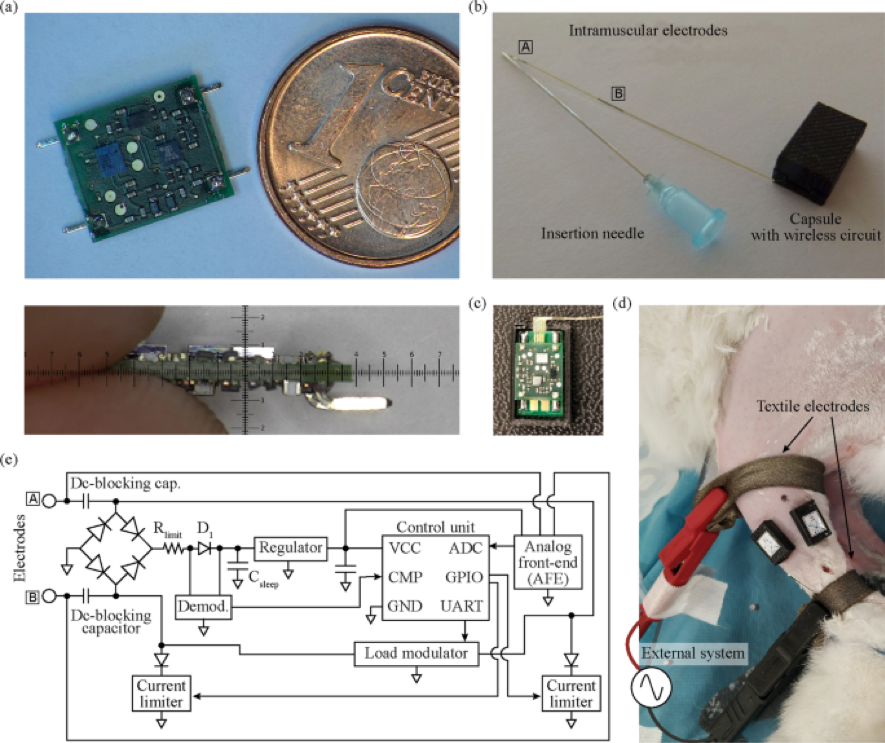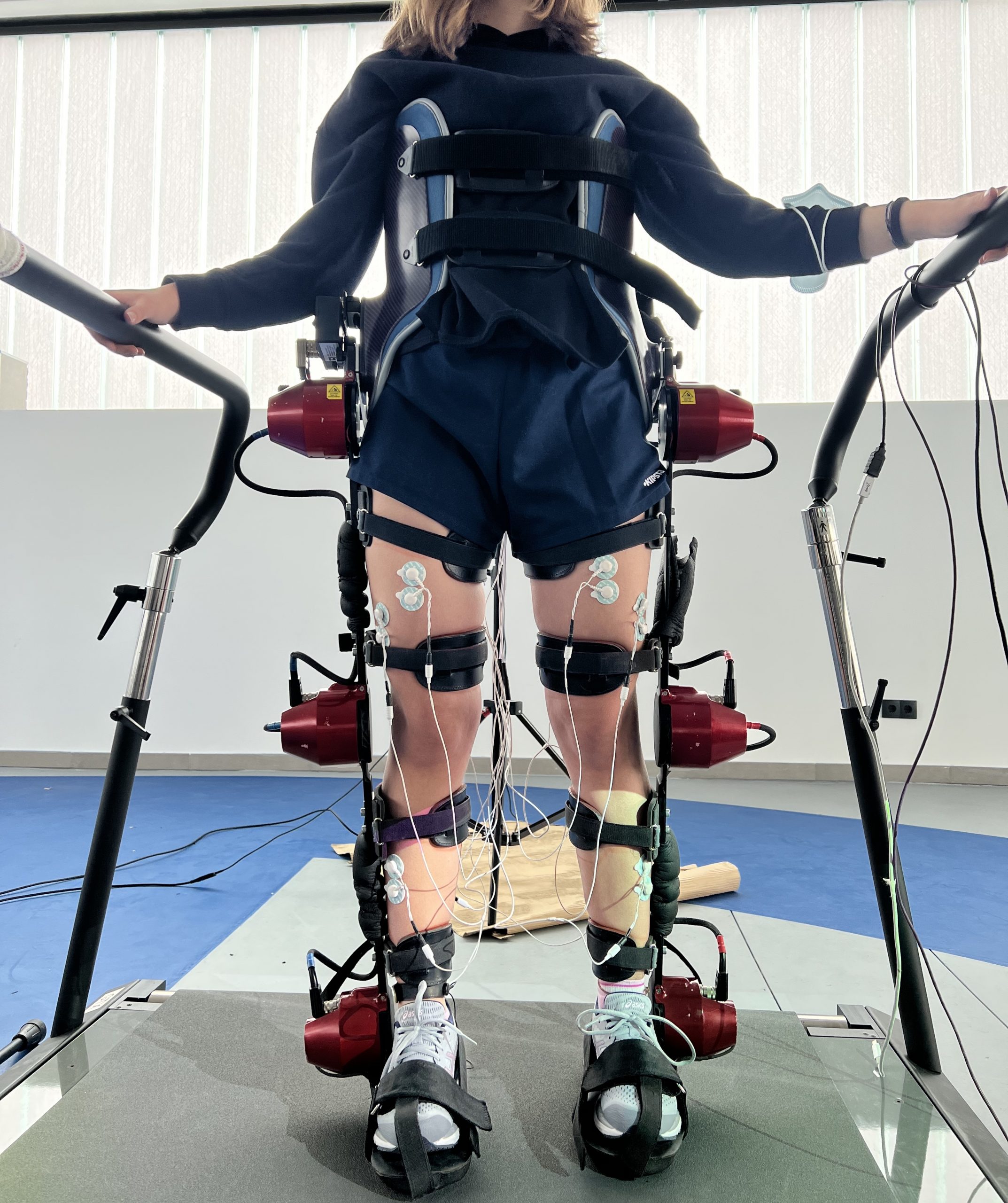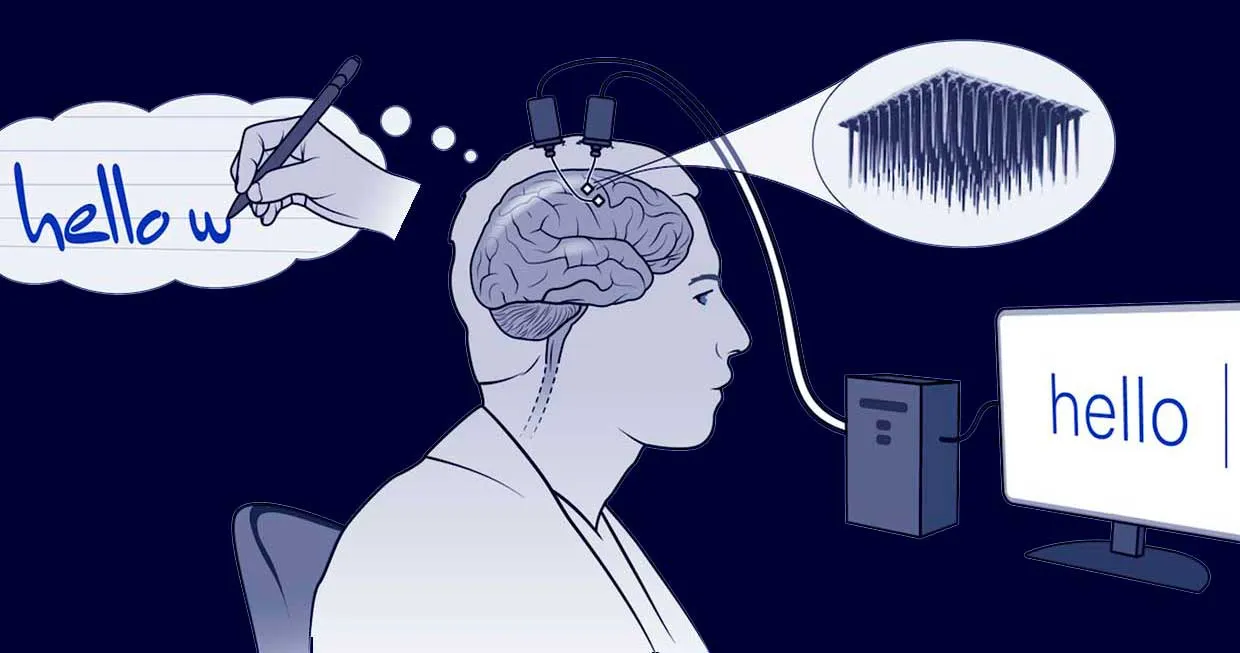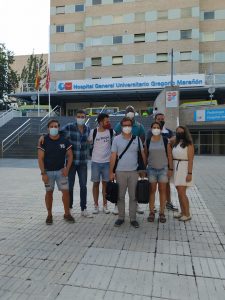A community portal that gathers current, past and future development on implanted neural interfaces from the different groups around the world.
Long short-term memory (LSTM) neural networks to predict tremor signals
Researchers working for the EU Project EXTEND, in collaboration with the Technical University of Madrid (UPM), applied long short-term memory (LSTM) neural networks to predict tremor signals using kinematic data recorded from patients with essential tremor. The proposed LSTM-based models were capable of accurately predicting pathological tremor signals, outperforming results from previous studies. This provides a framework towards the development of a more robust control for closed-loop tremor reduction strategies based on electrical stimulation.
More info in the link:
https://ieeexplore.ieee.org/document/9904814
















